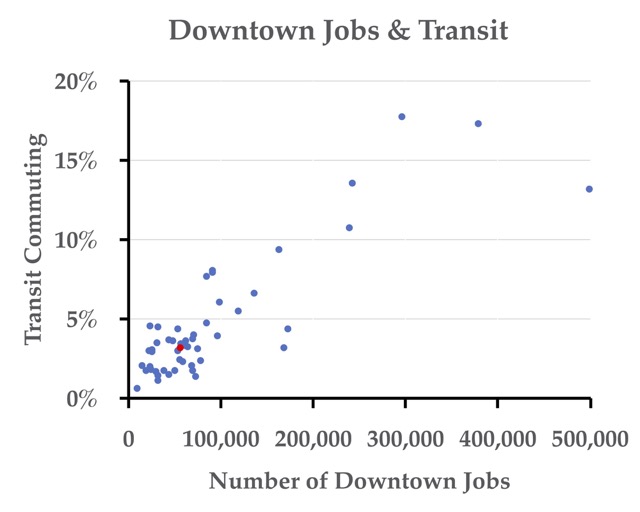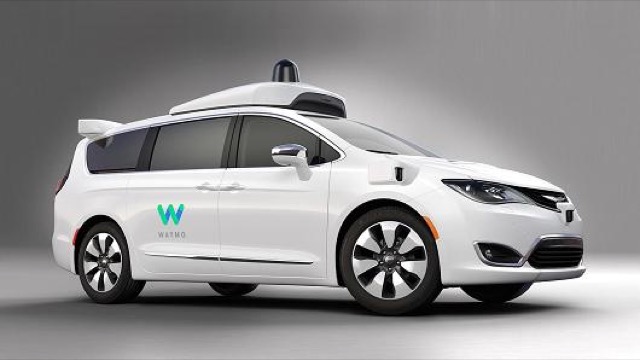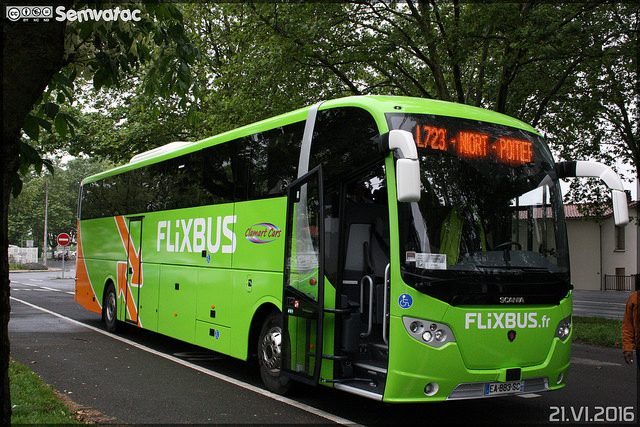The Antiplanner’s faithful ally and frequent commenter, C.P. Zilliacus, alerted me to a recent paper published in the Journal of Transport and Health that proves that transit makes people short. Or, at least, it proves this in the same way that other studies have proven that transit makes people healthier or less obese.
The authors of the recent article, University of Minnesota engineers Alireza Ermagun and David Levinson (now at the University of Sydney) review data that “indicate transit use and accessibility by transit are significantly associated with general health.” However, “they are practically insignificant.” In other words, just because something is statistically significant doesn’t mean it is important.
To show this, they compared heights with transit use and show “that transit use and transit accessibility to jobs are negatively correlated with height.” In other words, transit riders are shorter than other people. “We could further engage in data-mining and test other seemingly unrelated phenomenon, and then cherry pick results,” they say. “We prefer not to do that.” Continue reading










